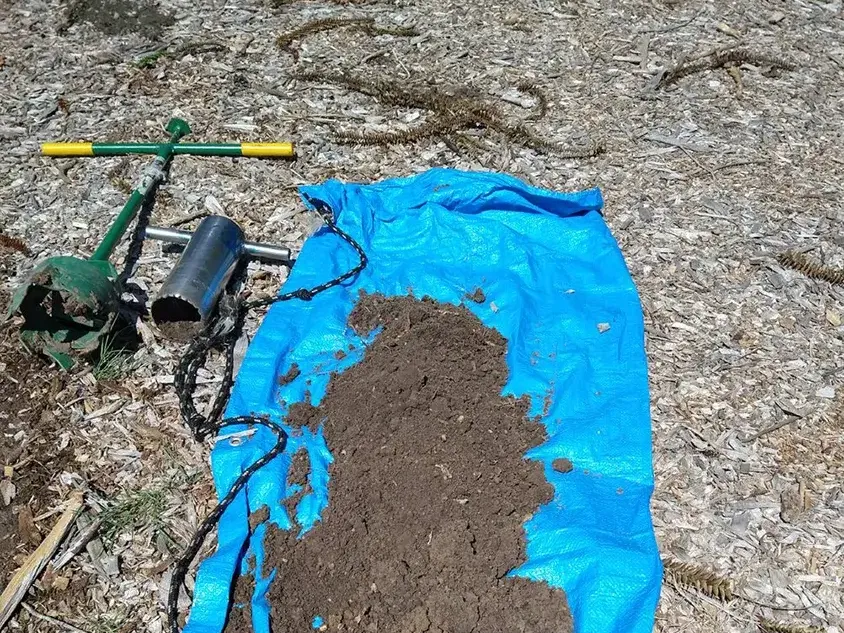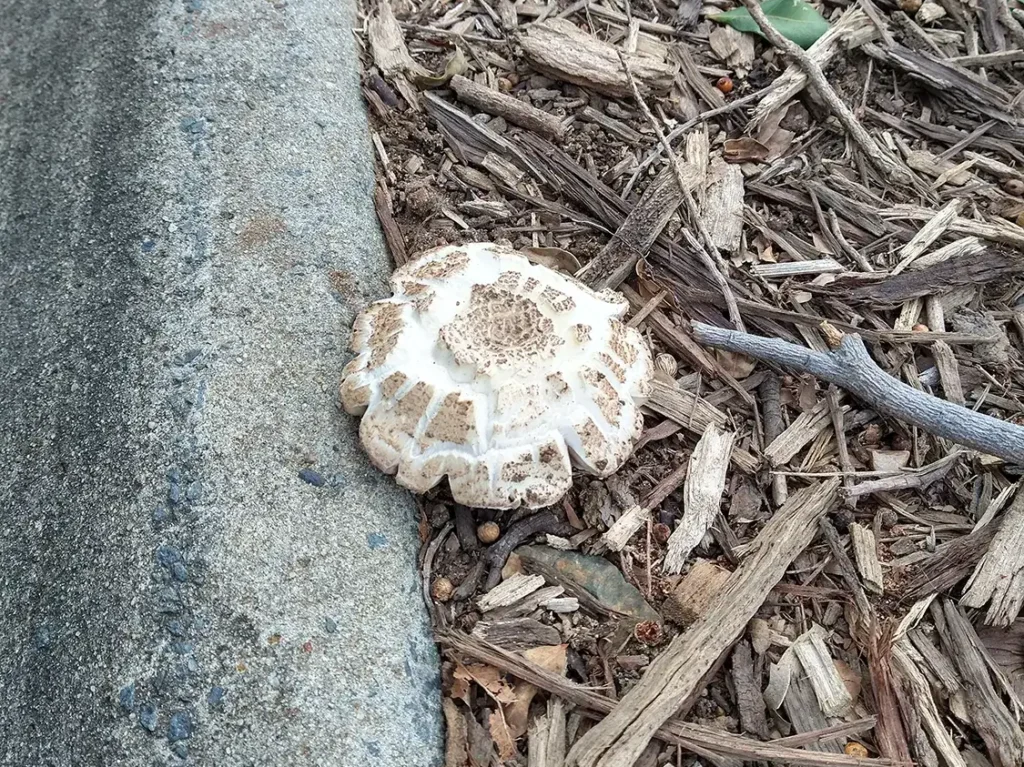Soil physical parameters
These parameters provide information about the physical structure and composition of the soil, and can be used to determine the soil’s ability to support plant growth and other ecosystem functions. The following are some key soil physical parameters:
- Soil structure: Soil structure refers to the arrangement of soil particles into aggregates. Good soil structure is important for water infiltration, nutrient availability, and root growth.
- Soil aggregation: Soil aggregation refers to the process by which soil particles are bound together to form larger units. Aggregation is important for water infiltration and retention, soil stability, and nutrient availability.
- Water retention: Soil water retention refers to the ability of soil to hold onto water. Good water retention is important for plant growth and can help to prevent erosion and runoff.
- Infiltration capacity: Soil infiltration capacity refers to the rate at which water is able to enter the soil. Good infiltration capacity is important for water management and can help to prevent erosion and runoff.
- Nutrient sorption: Soil nutrient sorption refers to the ability of soil to hold onto and release nutrients. Good nutrient sorption is important for plant growth and can help to prevent nutrient loss through leaching.
- Resistance to root penetration: Soil resistance to root penetration refers to the ability of soil to allow roots to grow through it. Good resistance to root penetration is important for plant growth and can help to prevent soil compaction.
- Microbial activity: Soil microbial activity refers to the activity of microorganisms in the soil. Microbial activity is important for nutrient cycling, soil organic matter decomposition, and soil health.
- Soil carbon turnover: Soil carbon turnover refers to the rate at which carbon is cycled through the soil. Good soil carbon turnover is important for soil fertility and can help to mitigate climate change by sequestering carbon.
By understanding these soil physical parameters, soil managers can make informed decisions about soil management practices, including soil amendments, crop rotations, and irrigation practices. Soil physical parameters are also useful for monitoring changes in soil health over time, and can help to identify potential issues before they become more serious problems.

Nutrients
The nutrient content of soil can be tested to determine the presence and concentration of nutrients such as nitrogen, phosphorus, potassium, calcium, magnesium, sulfur, and other micronutrients. The results of these tests can help to identify any nutrient deficiencies or excesses in the soil that may be limiting plant growth.
Nutrient testing is important because plants rely on soil nutrients as their primary source of minerals. If the soil is lacking in any essential nutrient, plant growth can be stunted or even die. Similarly, if the soil has an excess of any nutrient, it can lead to toxicity or imbalance, which can also negatively affect plant growth. By testing the soil for nutrients, soil managers can adjust soil management practices such as fertilization, crop rotation, or soil amendment to maintain a healthy nutrient balance in the soil.
In addition to essential nutrients, soil testing can also identify the presence of beneficial or detrimental elements that can impact plant growth. For example, heavy metals or other contaminants can accumulate in soil over time, potentially leading to soil contamination that can negatively impact plant growth and human health. By testing the soil for these elements, soil managers can identify potential hazards and take measures to remediate any contamination that may be present.
Microbiology
Soil microorganisms include bacteria, fungi, archaea, and other organisms that play important roles in maintaining healthy soil and promoting plant growth.
Soil samples can be analysed using advanced technologies like DNA sequencing to identify and quantify the microorganisms present in the soil. This type of analysis can provide valuable information about the diversity and abundance of different microbial communities in the soil. It can also help to identify any pathogenic or beneficial microorganisms that may be present.
The analysis of soil microbiology can help to inform soil management practices, such as crop rotation, the use of soil amendments, or other strategies that can promote healthy soil and plant growth. By understanding the composition of the microbial communities in the soil, soil managers can make informed decisions about how to support beneficial microorganisms and limit the growth of pathogenic or detrimental microorganisms.
Plant tissue
By analysing the mineral content of plant tissue, soil managers can determine the availability and uptake of nutrients by plants, which can help to inform soil management practices such as fertilization, irrigation, or other strategies that can promote healthy plant growth. If a nutrient deficiency or toxicity is detected, soil managers can take steps to adjust soil management practices to promote a healthy nutrient balance in the soil.
Plant tissue analysis can also help to identify potential problems such as disease or pest infestations. By analysing the tissue of infected plants, soil managers can identify the cause of the problem and take appropriate measures to mitigate the issue.
Contaminants
Plant and soil samples can be screened for contaminants to identify any potential problems and take appropriate action to address them. Testing can be conducted for a variety of contaminants, including herbicides, pesticides, heavy metals, and other toxic substances.
By identifying the presence and concentration of contaminants in the soil and plants, soil managers can take steps to mitigate the problem and prevent further contamination. For example, if herbicide residues are detected, soil managers can adjust their management practices to limit the use of herbicides or choose alternative methods of weed control.

Plants and Disease
Soil samples can be screened for the presence of pathogens on selective media and using Polymerase Chain Reaction (PCR) tests. These tests can identify the presence and concentration of specific pathogens such as fungi, bacteria, and viruses that can cause plant diseases.
Plant tissue samples, including foliage and internal wood, can also be screened for the presence of pathogens using similar methods. By identifying the specific pathogen causing the disease, soil managers can take appropriate measures to mitigate the problem, such as adjusting management practices or applying targeted treatments.
In addition to pathogen screening, pests can also be scouted for identification and quantification. By monitoring pest populations, soil managers can take appropriate action to prevent or mitigate pest damage, such as using pest-resistant plant varieties or implementing targeted pest management strategies.
